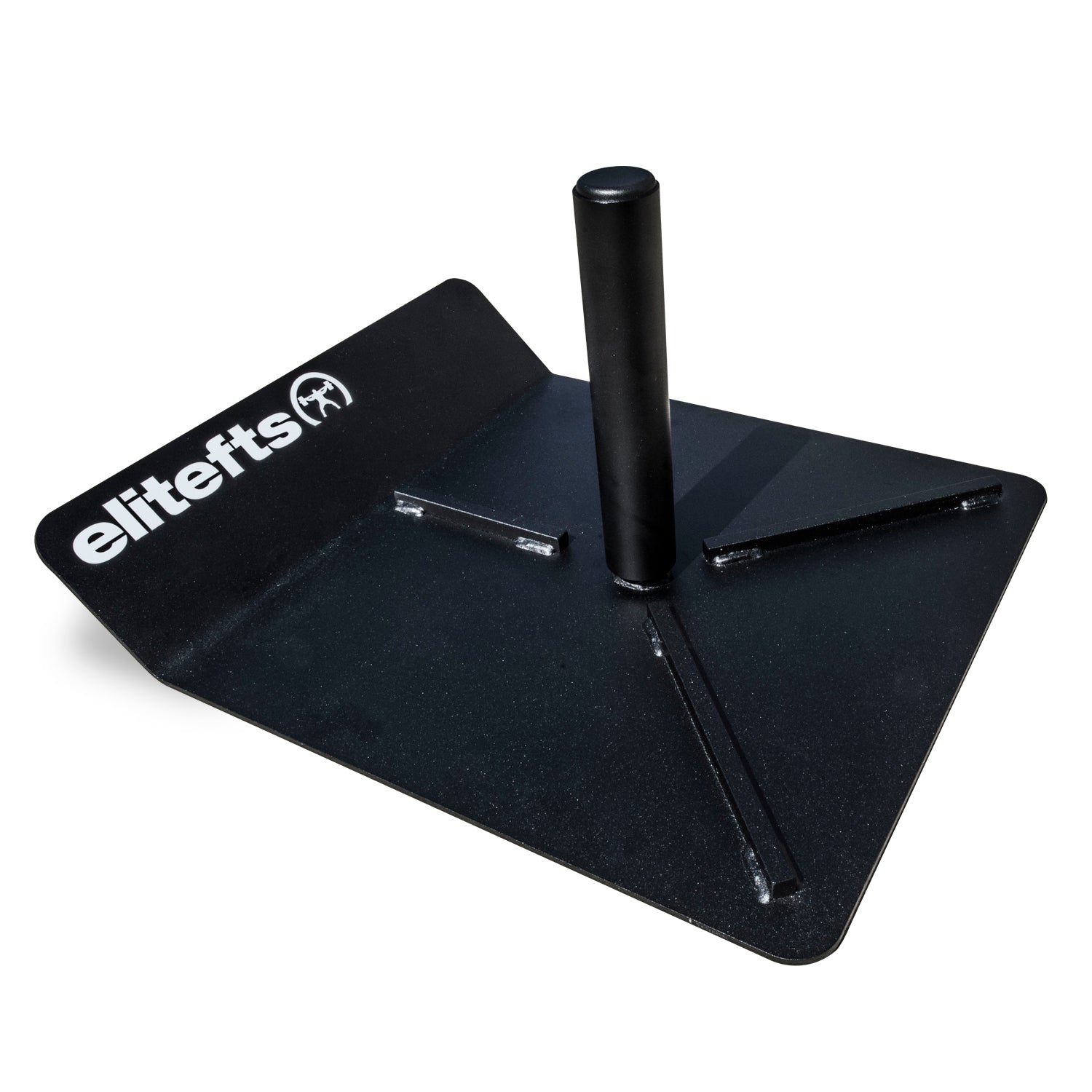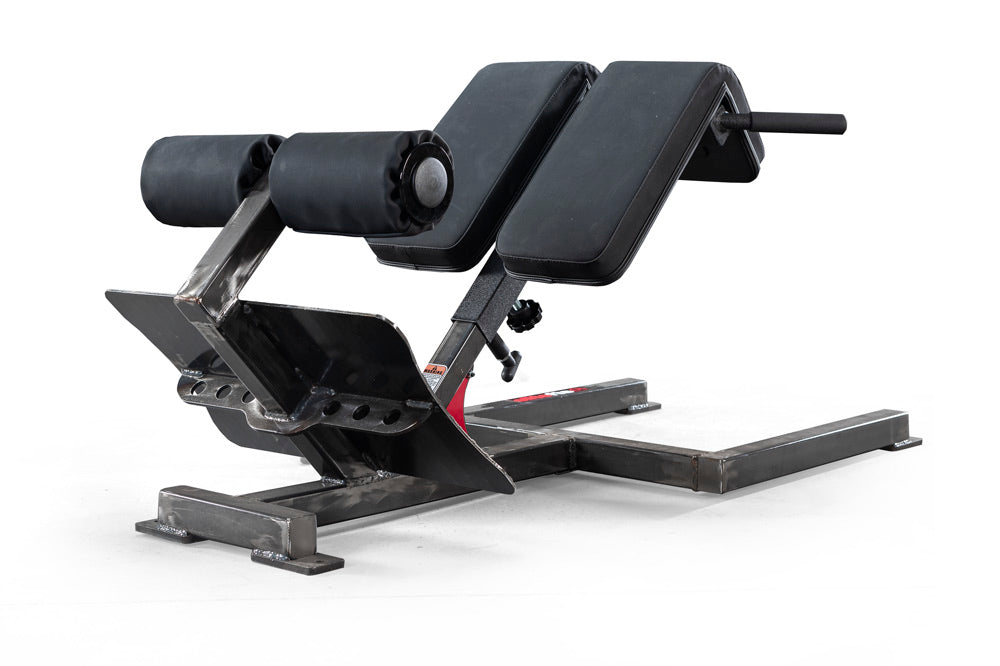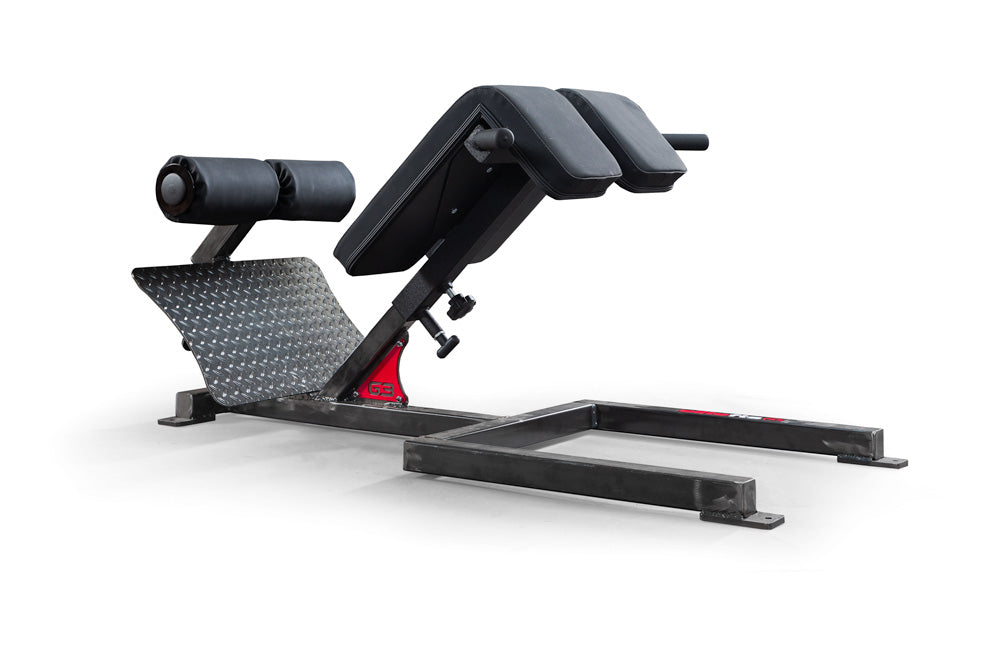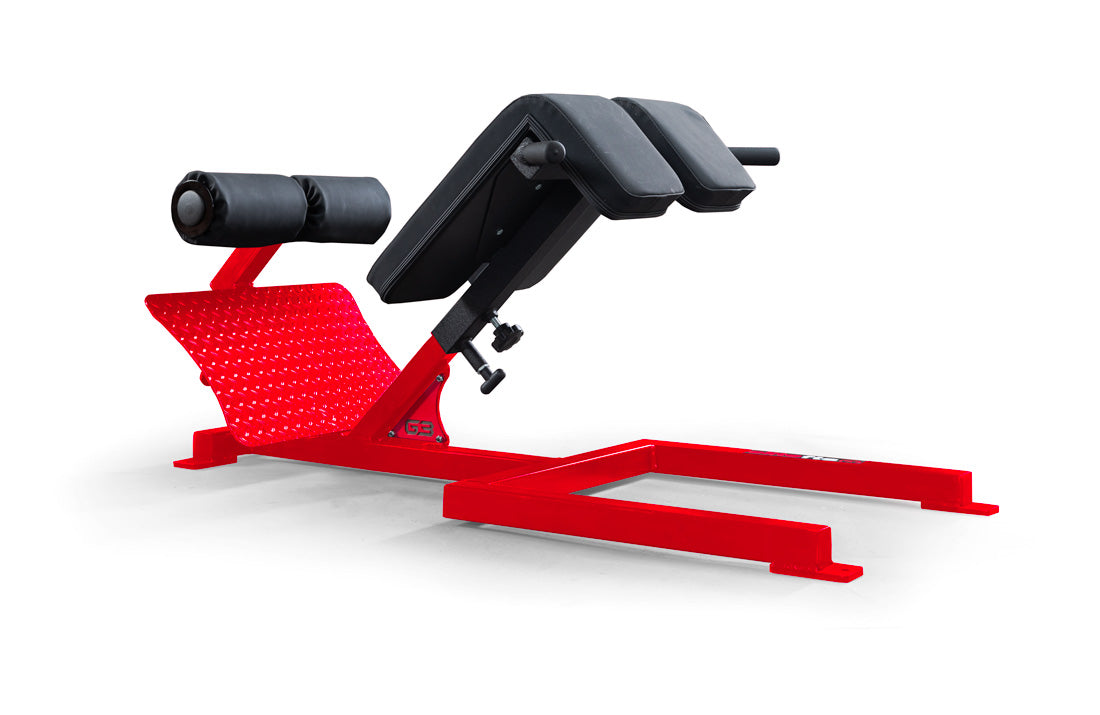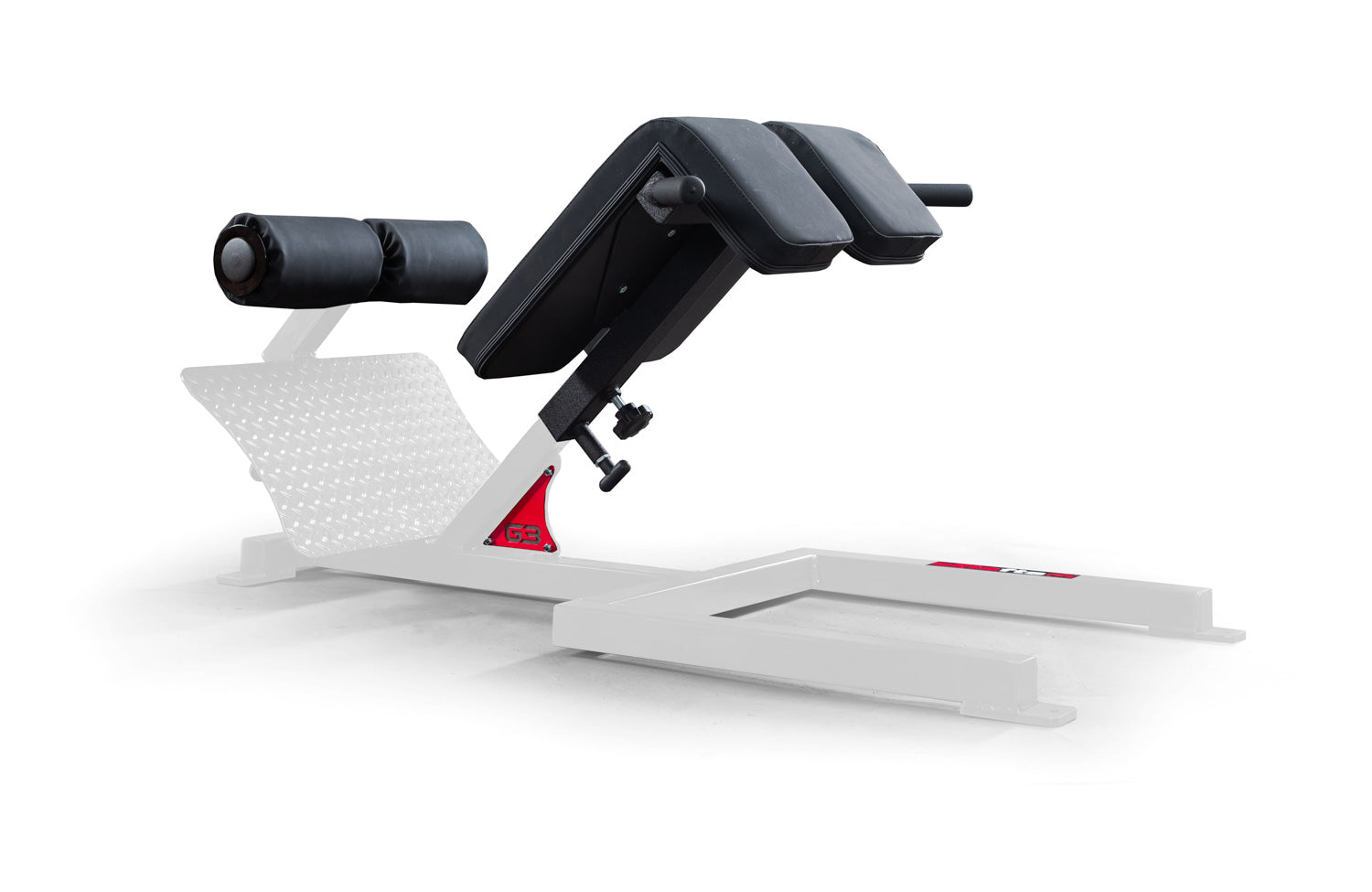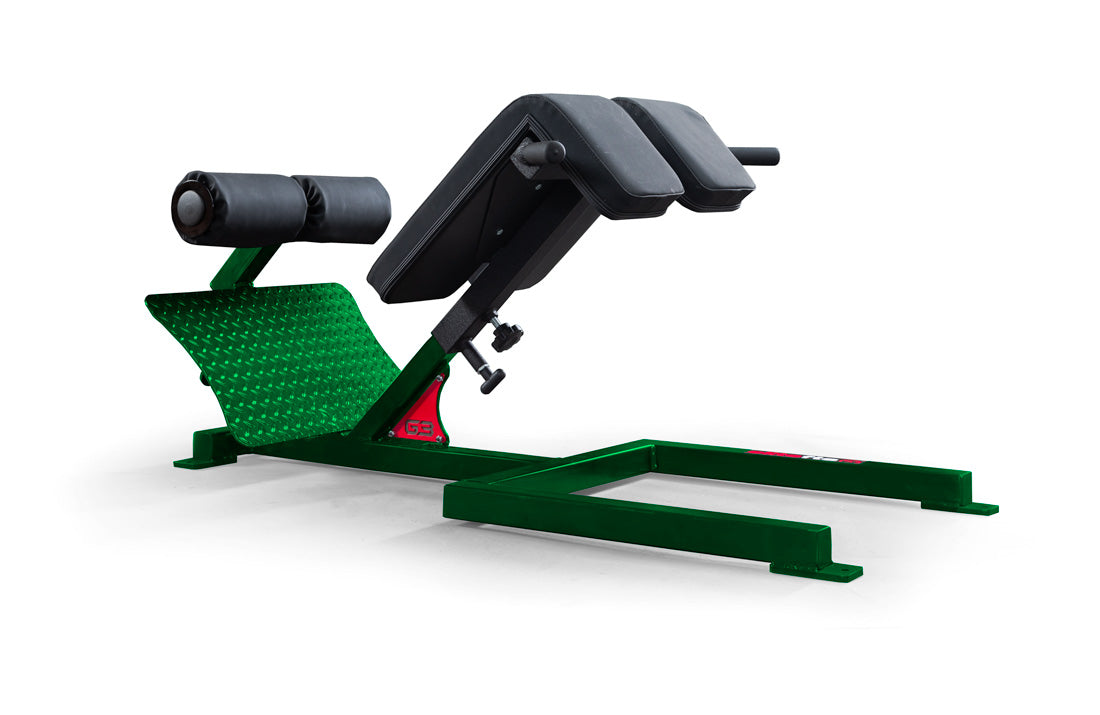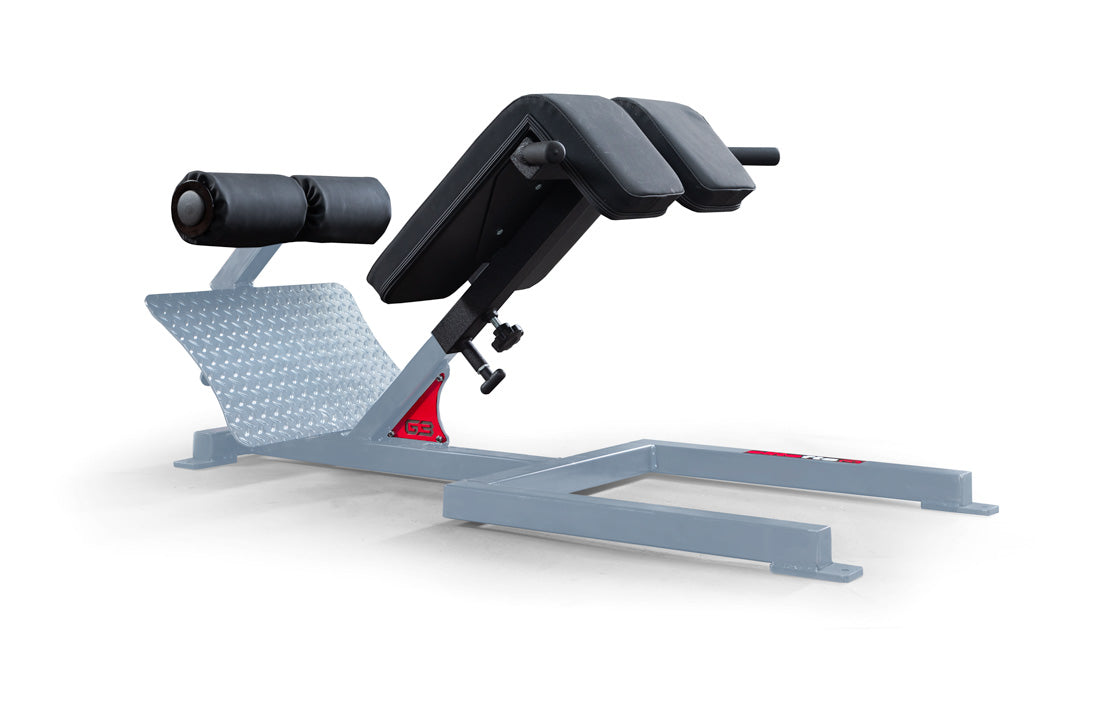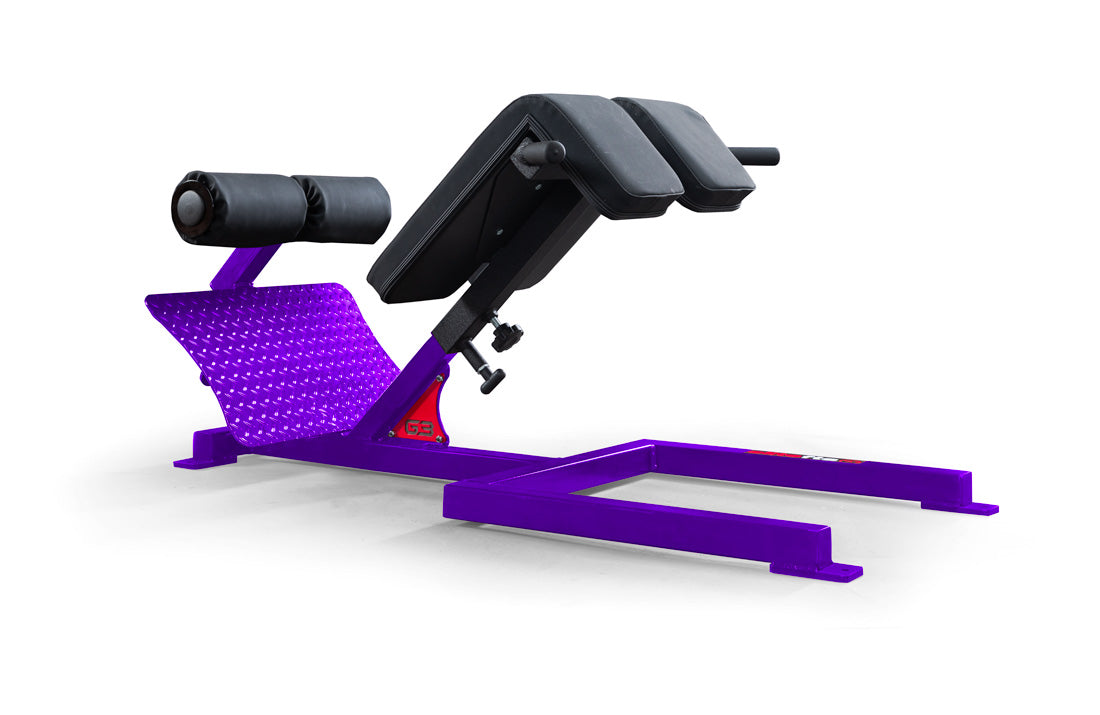
I attended the 40th NSCA National Conference in July, held this year at the Paris Hotel and Convention Center in Las Vegas. The location was quite surreal since I currently ply my trade with the Stade François rugby club based in Paris, France. One speaker at the conference had me changing the way I approached a programming situation with a particular subset of players that I currently work with, the Metabolic Group. Paul Comfort delivered a lecture entitled, "Surfing the Force-Velocity Curve with Weightlifting Derivatives." For me, this was one of the best presentations at the conference, along with Mike McGuigan’s session, "Strength and Power Profiling of Athletes: How Can It Inform Programming?" Bryan Mann also gave a “from the floor” presentation that was, as he always is, thought provoking and directly to the point, titled “The Use of Velocity Drop-Off in Hypertrophy Sets." I would highly impress upon you to get ahold of the DVD’s or the speaker presentation slides to gain a wealth of usable, real-world information.
LISTEN: NSCA's Coaching Podcast — Episode 18 with Ashley Jones
The Metabolic Group I work with is a special group that had not yet made the grade for aerobic field tests that I use to start pre-season training for rugby players. I prioritized circuit style training sessions with the players with strength as a secondary priority. The weeks were designed as such:
- Week 1: Four circuit sessions with accessory strength movements
- Week 2: Three circuits and a full-body strength session
- Week 3: Two circuits and two full-body strength sessions
- Week 4: Break week, for which players have been allocated specific guidelines to follow while they are away from the training base
Metabolic Group (Four Sessions Per Week)
Block One Session 1 — Monday Beast Circuit, Six Times:- Deadlift
- Power Clean from Hang
- Front Squat
- Push Press
- Bent-Over Row
- Romanian Deadlift
- 750-Meter Row or 2-Kilometer Watt Bike
- Bench Press superset with Row: 6 x 6 step-load to 6RM
- Rotational Jammer Right Hammer
- Ground-Based Left Push/Right Pull
- Rotational Jammer Left Hammer Ground-Based Right Push/Left Pull
- Block Clean and Push Press
- Block Snatch
- Band Bench Press
- Hip Thrust
- Band Box Squat
- 500-Meter Concept II Row
- Deadlift and Military Press: 6 x 6 step-load to 6RM
-
Trap Bar Overhead Walk, Tyre Flip,
Kettlebell Windmill -
Prowler Push, Hang Clean and Push Press with Powerbag, Suitcase Deadlift -
Sled Drag, Walking Lunge with Power Bag Overhead, Half Turkish Get-Up -
Farmer’s Walk/Power Ropes/Plate Sit-Up
- 300-Meter Row (under 60 seconds)
- 10 Full Burpees
- 10 x 36-Kilogram Two-Arm Kettlebell Swings
- 10 x Reverse Lunge
- 10 x 10-Kilogram Medicine Ball Slams (to ground)
- Squat and Romanian Deadlift: 6 x 6 step-load to 6RM
- 1 x Lower Body Push
- 1 x Lower Body Pull
- 1 x Upper Body Push
- 1 x Upper Body Pull
Metabolic Group (Four Sessions Per Week)
Block Two Monday – Speed Strength Inspired by Paul Comfort and Bryan Mann. Speed requirements are noted in parenthesis as meters per second (m/s). Speed should be faster than each noted time.- Trap Bar Jump Shrug — 3 x 5 (1.5 m/s)
- Block Power Clean — 3 x 6 (1.25, 1.15, and 1.05 m/s)
- Band Box Squat — 3 x 3 (1.25, 1.15, and 1.05 m/s) superset with Repeat Long Jumps, Box Jump, Depth Jump — 3 x 3
- Band Bench Press — 3 x 6 (1.25, 1.15, and 1.05 m/s) superset with Medicine Ball Drops, Clap Push-Ups, Rebound Push-Ups — 3 x 6
- Row Option — 50 reps with 10RM
- Olympic Option — 3 x 3 (1.00, 0.9, 0.8 m/s)
- Single-Leg Squat Option — 3 x 6 superset with Bench Blasts, Hop Over Mini Hurdles, Borzov Hops — 3 x 6
- Nordics, Hip Thrusts, or Single-Leg Romanian Deadlift — 3 x 6
- Push Press — 3 x 3 (1.00, 0.9, 0.8 m/s)
- Chin-Up Option — 30 reps with 6RM
- Squat Option
- Deadlift Option
- Upper Body Push Option
- Upper Body Pull Option
- Core Option
- Week 1: 5 x 5
- Week 2: 2 x 5, 3 x 3
- Week 3: 5, 4, 3, 2, 1
- Week 1: Beast Circuit, 45-Second Watt Bike, Core
- Week 2: Power Circuit, Core
- Week 3: Otago Circuit, Core














